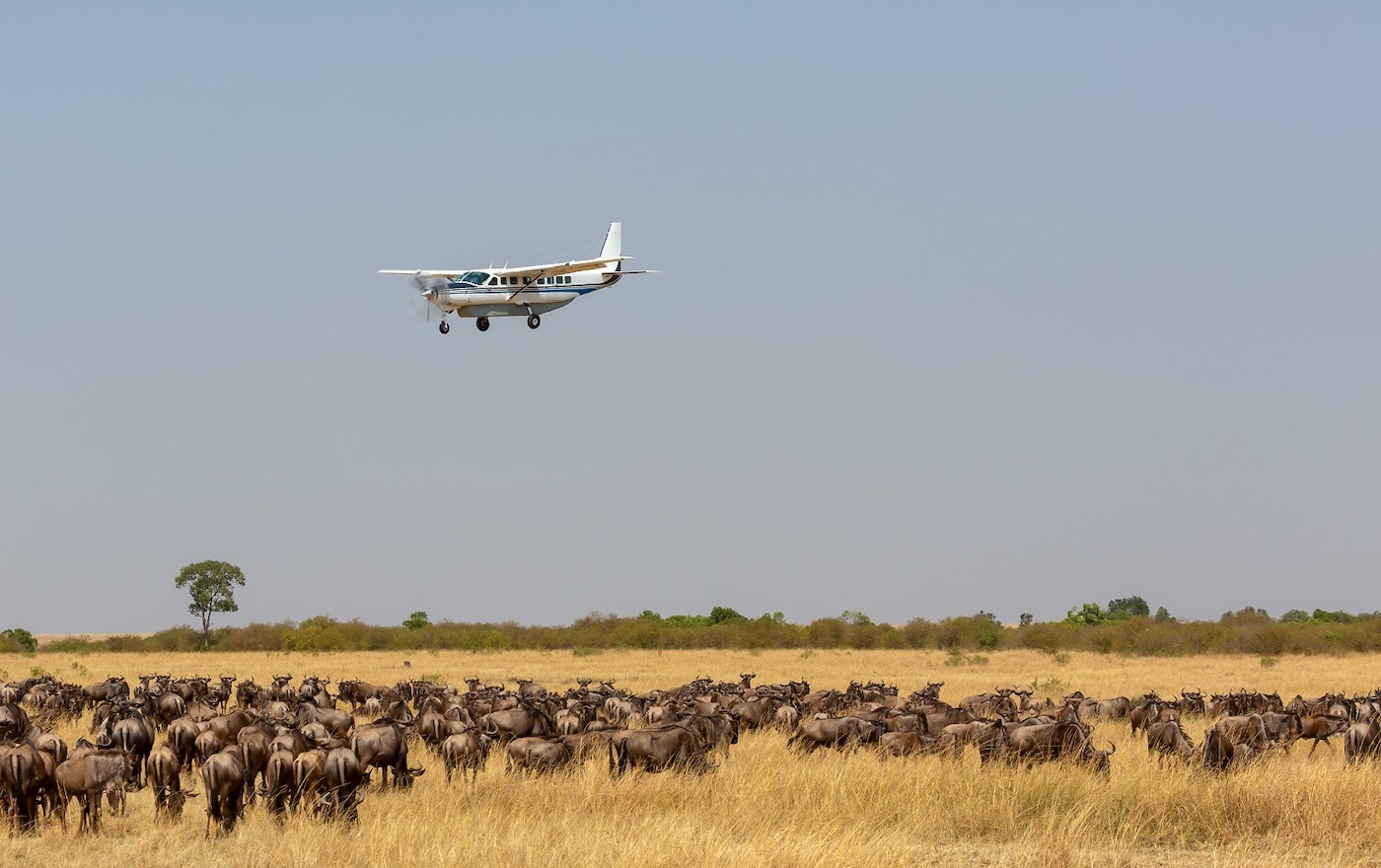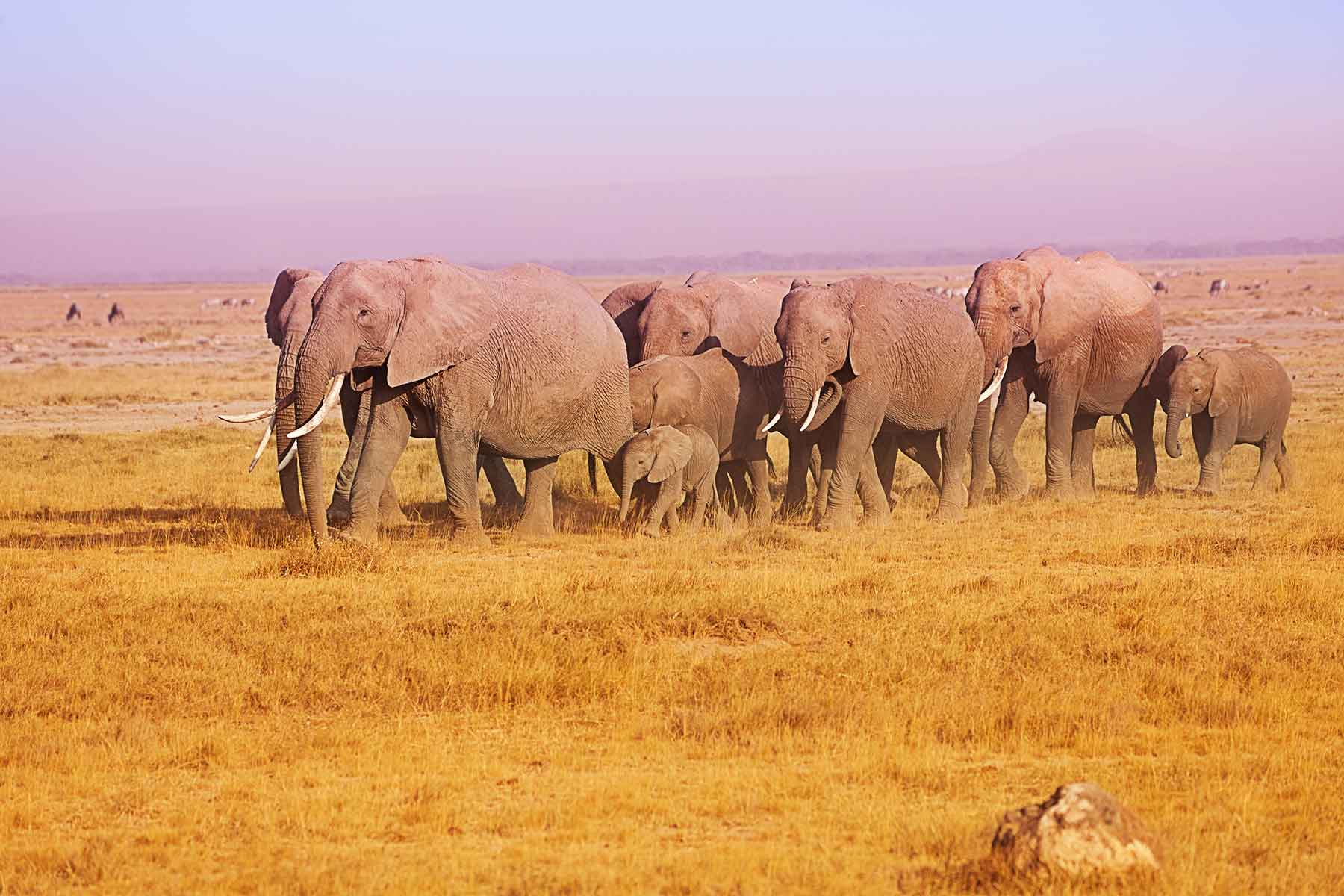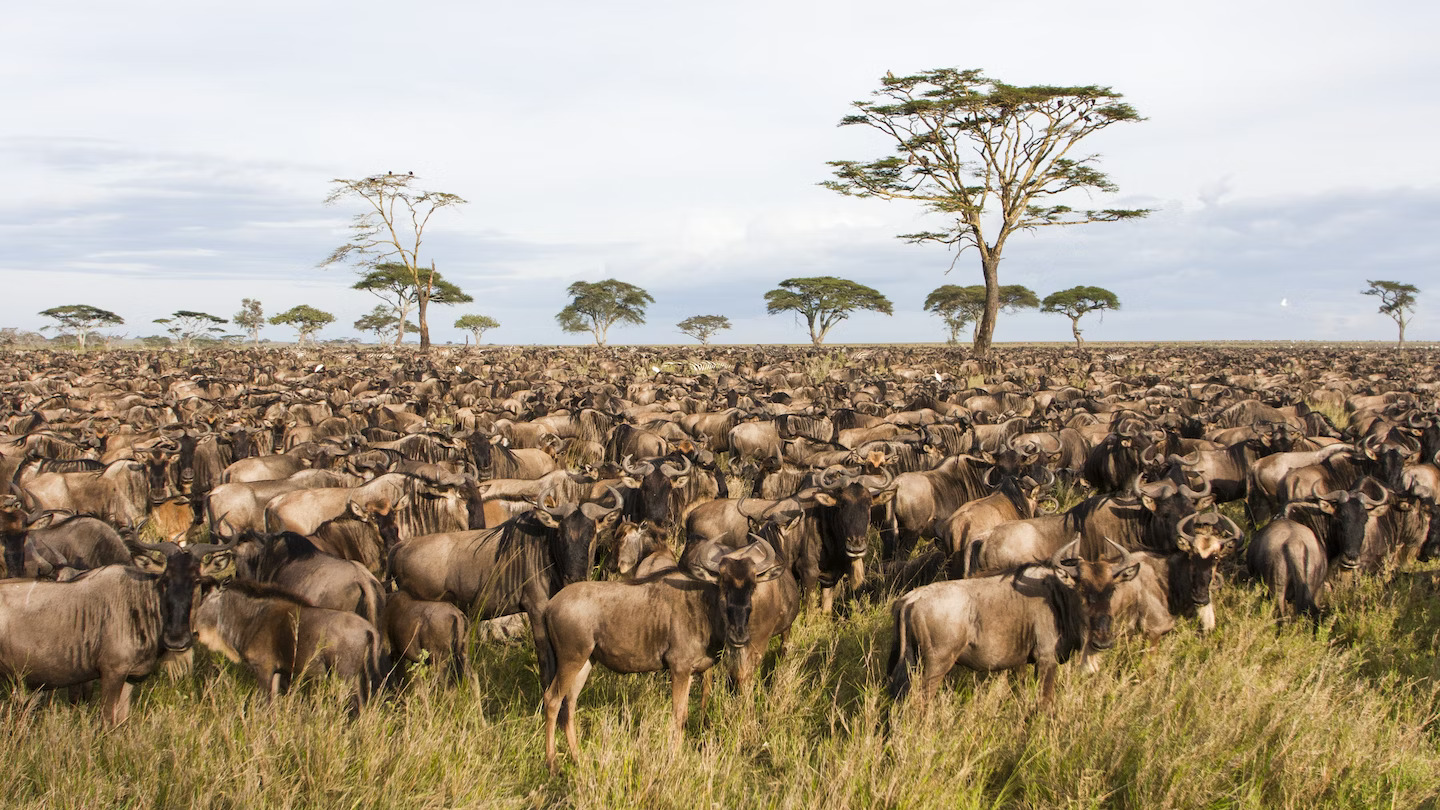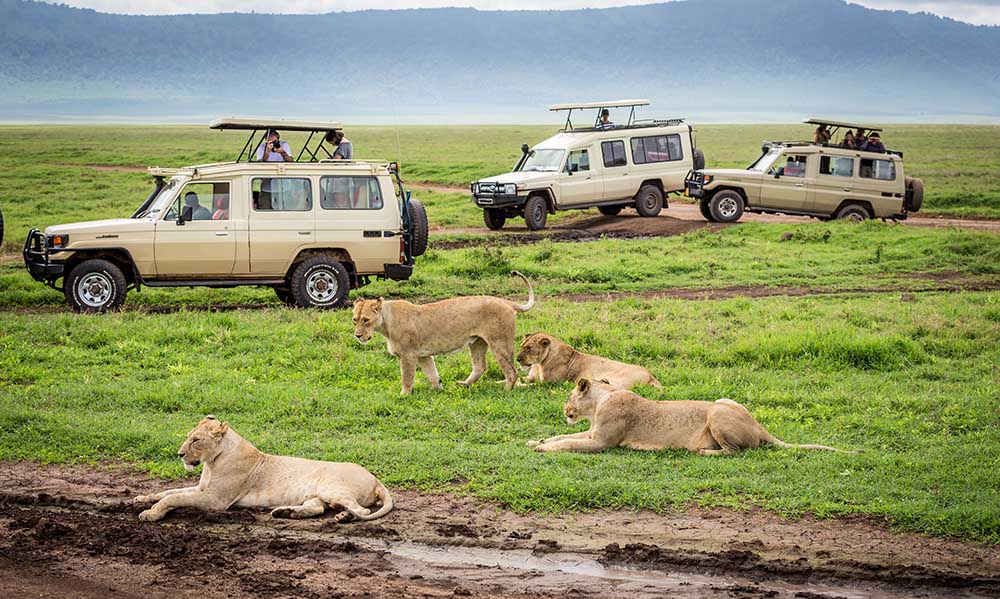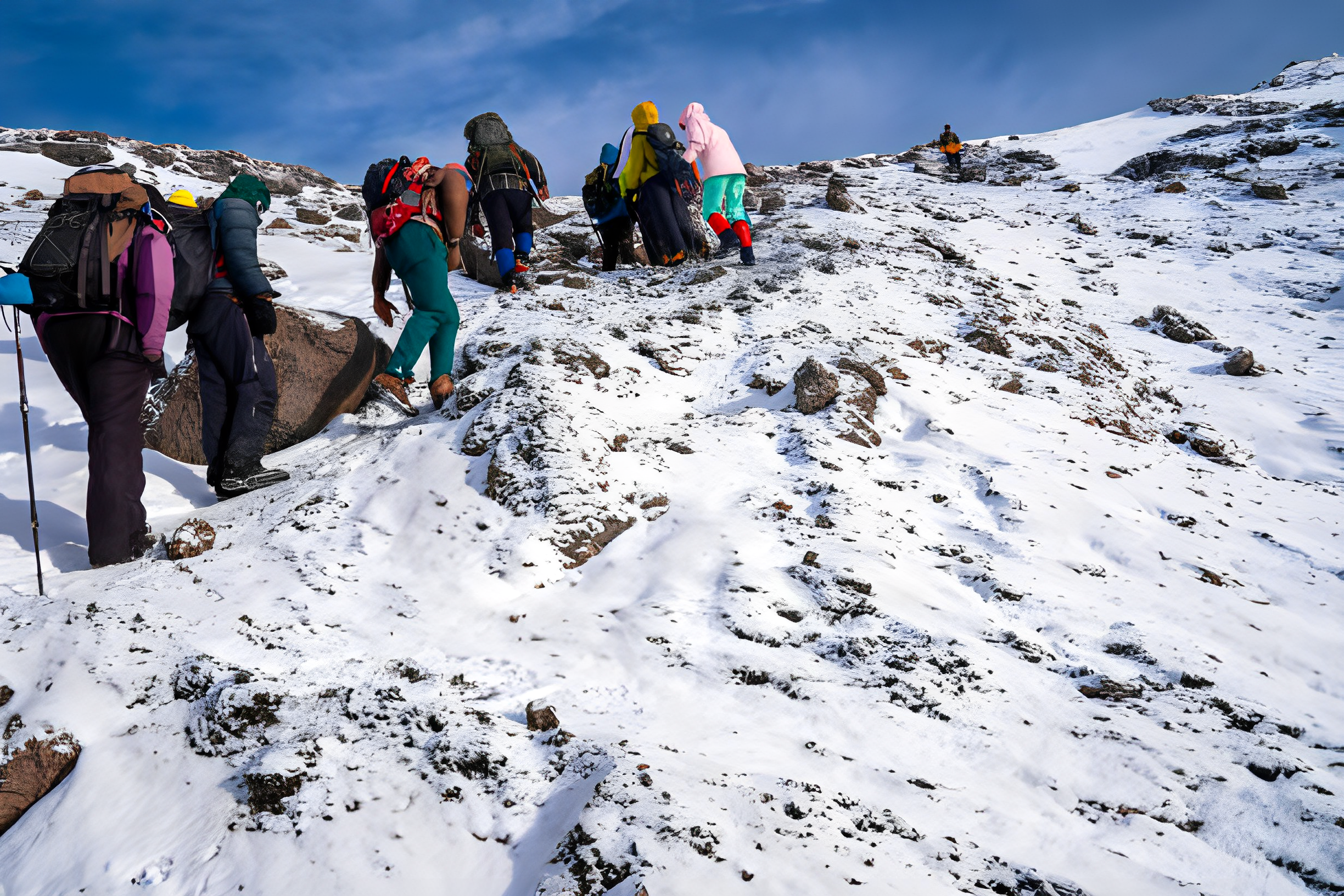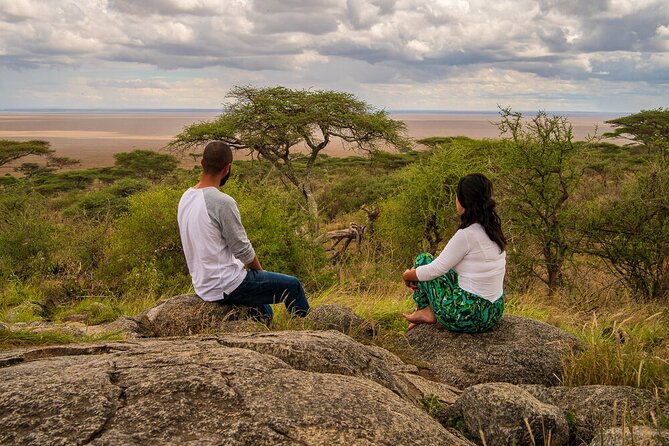Tarangire National Park
Attractions for the Tourist:
- Elephant Migration:
Tarangire national park is renowned for its large elephant population, especially during the dry season (July-October), when herds migrate to the park in search of water, providing excellent opportunities for elephant sightings. - Baobab Trees:
The park is dotted with iconic baobab trees, creating a picturesque landscape and offering unique photo opportunities. - Wildlife Diversity:
Apart from elephants, Tarangire is home to a wide variety of wildlife, including lions, leopards, giraffes, zebras, wildebeests, and various antelope species. - Birdwatching:
With over 500 bird species recorded, Tarangire National Park is a paradise for bird enthusiasts, particularly during the wet season (November-May) when migratory birds flock to the park. - Silale Swamp:
This seasonal swamp is a magnet for wildlife during the dry season, providing a vital water source and attracting large concentrations of animals, including elephants, buffalo, and predators.
Things to Do:
- Game Drives:
Explore the park’s diverse habitats and wildlife on guided game drives, either in open safari vehicles or privately arranged tours. - Walking Safaris:
Embark on guided walking safaris led by experienced rangers to get a closer look at the park’s flora and fauna while experiencing the thrill of being on foot in the African bush. - Photography:
Capture the stunning landscapes, wildlife, and birdlife of Tarangire National Park, with its dramatic scenery and vibrant sunsets providing ample opportunities for photography. - Cultural Visits:
Engage in cultural visits to nearby Maasai villages to learn about their traditional way of life, customs, and craftsmanship. - Hot Air Balloon Safaris:
Experience the breathtaking beauty of Tarangire from above with a hot air balloon safari, offering a unique perspective of the park and its wildlife.
Fun Facts about Tarangire National Park:
- Seasonal Water Source:
Tarangire River serves as the lifeblood of the park, attracting a multitude of animals during the dry season when water sources elsewhere are scarce. - Baobab Trees:
Tarangire is famous for its ancient baobab trees, some of which are over a thousand years old, creating a surreal and enchanting landscape. - Predator Prevalence:
Despite being known for its large elephant population, Tarangire also boasts a high concentration of predators, including lions, leopards, and cheetahs. - Bird Migration:
The park is a significant destination for bird migration, with numerous species traveling from as far as Europe and Asia to spend the wet season in Tarangire. - Filming Location:
Tarangire National Park has served as a filming location for various documentaries and wildlife films due to its rich biodiversity and stunning scenery.
Best Time to Visit:
The best time to visit Tarangire National Park is during the dry season, from July to October, when wildlife congregates around the Tarangire River, providing excellent game viewing opportunities. However, the park also offers unique safari experiences during the wet season, from November to May, with lush vegetation, bird migration, and fewer crowds.
FAQs:
Is it safe to visit Tarangire National Park?
Yes, Tarangire is a safe destination for tourists, provided visitors follow park regulations and guidelines, and adhere to the instructions of experienced guides and rangers.Can I camp in Tarangire National Park?
Yes, camping facilities are available, Ndiva Safaris will facilitate all neccesary equipments during Safari to Tarangire park, the park itself offering both public and private campsites. It’s advisable to make reservations in advance, especially during the peak season.Are there accommodation options outside the park?
Yes, there are various accommodation options available outside the park, ranging from luxury lodges and tented camps to budget-friendly campsites and guesthouses in nearby towns like Mto wa Mbu and Karatu.What should I pack for a visit to Tarangire National Park?
Essential items to pack include lightweight clothing, sturdy hiking boots, a hat, sunscreen, insect repellent, binoculars, a camera, and any necessary medications.Can I self-drive in Tarangire National Park?
While self-driving is permitted in Tarangire, it’s recommended to hire an experienced guide or join guided safari tours to ensure a safe and enriching wildlife experience.
How can we help you?
By planning carefully and choosing the right experiences, you can create an unforgettable adventure for your entire family.
